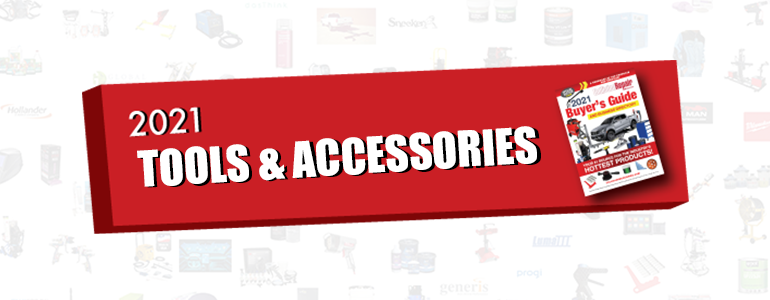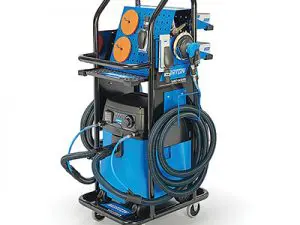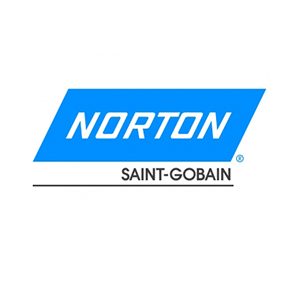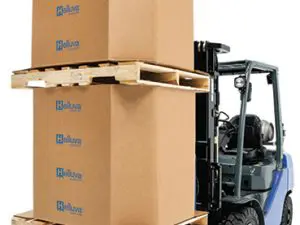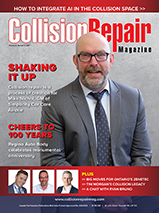INCREMENTAL INNOVATIONS
HOW SMALL TIME-SAVINGS ADD UP
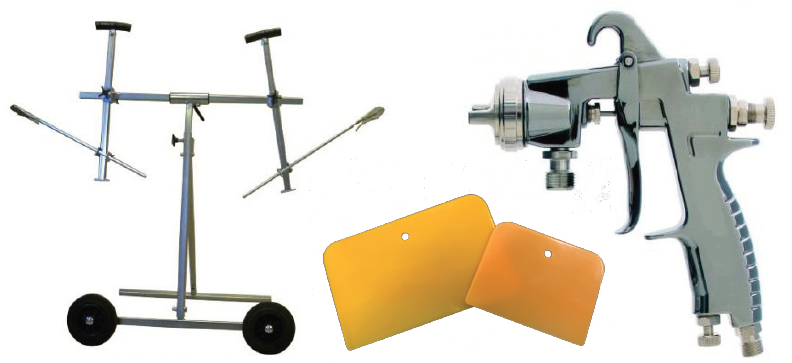

For every impressive, technologically advanced individual piece of equipment purchased by collision repair businesses, hundreds of pieces of equipment are bought by facilities that have been designed in a very similar way.
Were a modern collision repairer to— through some magical accident—find themselves transported into the bronze age; they might well find themselves employed as a repairer of chariots. The fundamentals of this progenitor profession would be, after all, quite like their 21st century role.
In fact, with a toolbox consisting of hammers, drills, buffers and sanders, they would already be an expert in the use of all the tools required for their new (or, rather, very old) trade.
The differences between the ancient versions of modern staple tools would, however, become apparent after the first day. A bronze hammer, being less dense than a modern steel one, would be far more unwieldy at the same weight and require more swings to make as significant an impact on a chariot quarter panel. The drill, without electricity would have to be hand turned—but would also burn the time-traveller’s calories at an astounding rate. In general, thanks to the three millennia of microscopic improvements between the repairer’s two sets of equipment, they would find they were able to work at a far slower pace in their new time period.
Of course, from our perspective, it is easy to overlook the microscopic improvements that occur with each year’s latest tools. But whether we are paying attention to these latest innovations or not, the effect they can have on a businesses’ overall success should not be overlooked.
Take, for example, the XWT Fibre Reinforcing Tape, which is now available from Dominion Sure Seal. The product, which is specially designed to assist on plastic repairs, brings together the strength of a classic duct tape with a specialized adhesive meant to be effective on modern materials—reliable and unlikely to leave a gummy residue after removal. While its advantages over the tapes included in previous editions is significant, one might not describe it as some sort of generational leap.
Likewise, the Heavy-Duty Straight Edging Pliers available from Princess Auto Supplies are not so different from similar tools from the past—it is used to roll sheet metal edges. Unlike previous straight edging pliers, however, this one makes use of particularly ductile iron to ensure that the pliers themselves are less damaging to the sheet metals they warp.
While these changes might seem like gimmicks, the advantages can provide repair facilities incredible savings in the long term. If a tool offers ten minutes of time-savings for one of your staff members over the course of a day, you have just freed-up more than one week of time over the course of the year.
To help hammer home this point, the Collision Repair team has chosen a selection of products that demonstrate these microscopic innovations over the next few pages. Read on to nail-down your facility’s tool purchase wishlist for 2021.
-

Vac Rack
Read more0 out of 5 -

Gaylord Boxes
Read more



